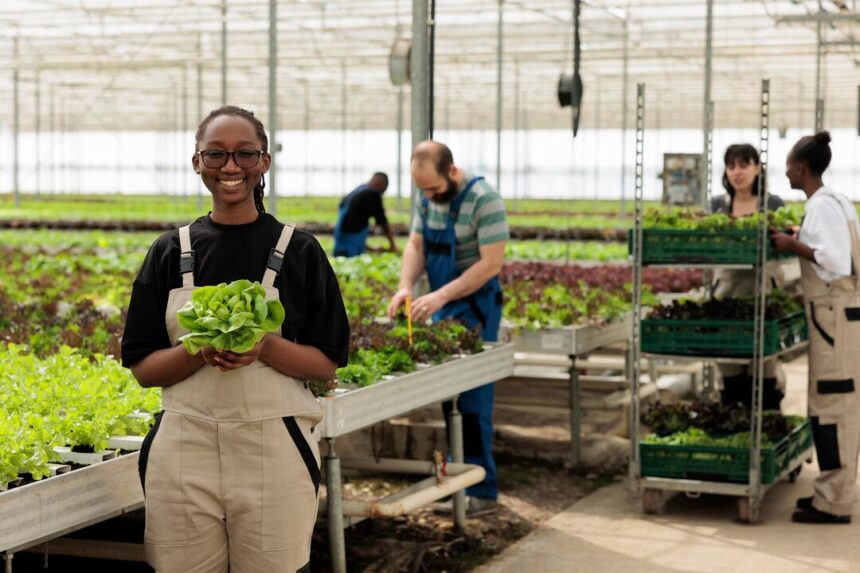Crop diversity is a cornerstone of resilient and sustainable agriculture, offering numerous benefits for farmers, ecosystems, and food systems. In the face of climate change, environmental degradation, and food insecurity, preserving and promoting crop diversity is essential for building resilience and ensuring food security for present and future generations. In this article, we’ll explore the importance of crop diversity in resilient farming and the strategies to foster diverse agricultural systems.
Enhancing Resilience:
Crop diversity refers to the variety of crops cultivated within agricultural systems, encompassing different species, varieties, and genetic traits. Diverse cropping systems are inherently more resilient to environmental stresses, pests, diseases, and market fluctuations than monoculture systems. By cultivating a range of crops with varying growth habits, nutritional profiles, and adaptation capacities, farmers can mitigate the risks associated with climate variability and production challenges.
- Climate Adaptation: Crop diversity allows farmers to adapt to changing climatic conditions, such as temperature extremes, erratic rainfall patterns, and drought or flood events. Resilient farming practices, such as intercropping, crop rotation, and agroforestry, enhance soil health, water retention, and biodiversity, improving the capacity of agricultural systems to withstand climate-related stresses.
- Pest and Disease Management: Monoculture cropping systems are vulnerable to pest and disease outbreaks, as pathogens and pests can quickly spread through homogeneous plant populations. In contrast, diverse cropping systems disrupt pest cycles, reduce pest pressure, and enhance natural pest control through ecological interactions. Companion planting, polyculture, and crop rotation can help suppress pest populations and minimize the need for synthetic pesticides.
- Soil Health and Fertility: Crop diversity promotes soil health and fertility by fostering nutrient cycling, organic matter accumulation, and microbial diversity. Leguminous crops, such as beans and peas, fix atmospheric nitrogen, enriching the soil with essential nutrients and reducing the reliance on synthetic fertilizers. Cover crops and green manures protect soil from erosion, suppress weeds, and improve soil structure, enhancing its capacity to retain moisture and support plant growth.
- Nutrition and Food Security: Diverse cropping systems contribute to dietary diversity, nutritional security, and food sovereignty by providing a wider range of nutrient-rich foods for human consumption. Traditional crop varieties and indigenous species often exhibit unique nutritional profiles and culinary qualities, enriching local diets and cultural heritage. Promoting the cultivation and consumption of underutilized crops, such as millets, pulses, and indigenous vegetables, enhances dietary diversity and resilience to food shortages.
- Economic Opportunities: Crop diversity creates economic opportunities for farmers by diversifying income sources, reducing market volatility, and increasing market access. Specialty and niche crops, such as heirloom tomatoes, heritage grains, and medicinal herbs, command premium prices in local and niche markets, providing farmers with alternative revenue streams and livelihood options. Additionally, diversified farming systems can support agritourism, value-added processing, and direct marketing initiatives, fostering local economic development and rural revitalization.
Crop diversity is a cornerstone of resilient and sustainable farming, offering a multitude of benefits for farmers, ecosystems, and food systems. By fostering diverse agricultural systems, policymakers, researchers, and agricultural stakeholders can build resilience to climate change, enhance food security, and promote ecological sustainability. Investing in crop diversity initiatives, conservation programs, and farmer education efforts is essential for safeguarding agricultural biodiversity and ensuring the resilience and vitality of farming communities worldwide.
Join 'Farmers Mag' WhatsApp Channel
Get the latest Farming news and tips delivered straight to your WhatsApp
CLICK HERE TO JOIN






